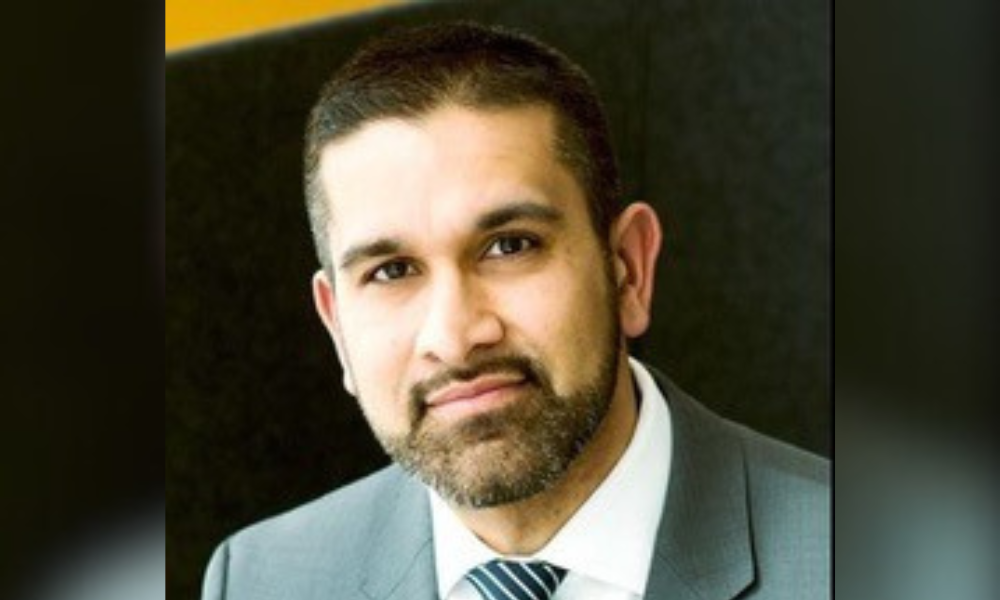Portfolio options have broadened but U.S. equity rally requires caution, warns CIO

If there’s one thing that the recent volatility has taught advisors it's that there are reasonable alternatives (TARA) to stocks, which bucks conventional wisdom that “there is no alternative” (TINA), according to one chief investment officer.
After several decades of ultra-low interest rates, equity valuations were such that most advisors thought they could draw only on equities for the returns they needed.
“When interest rates were so low, investments were forced to move up the risk spectrum to gain any sort of returns,” Chhad Aul, the chief investment officer and head of multi-asset solutions at SLGI Asset Management Inc., told Wealth Professional, noting that had been the case since the 2008-2009 financial crisis.
“We doubled down on that through the early years of the pandemic as well as 2020 and 2021. But, last year, we noticed a huge reset on the industry that has impacted asset classes across the board.”
Now, he said, there are more alternatives and more ways to construct a portfolio to achieve the desired return objectives without stretching for risk.
“Cash isn’t an attractive component there. It doesn’t necessarily give you the long-term growth,” he noted, “but it gives you the optionality to buy equities when they don’t look quite so expensive.”
The stock market has also rallied since last year, which has stretched valuations again.
“When you compare them to their alternatives, like high-quality bonds,” said Aul, “the premium or compensation you’re getting for taking risk in the stock market is almost as low as it’s been, probably going back to 2009. So, there are lots of reasons to be a little more cautious about your equity allocation while understanding you’ve got some reasonable alternatives now to build a well-diversified portfolio.”
For those working with the 60/40 portfolio, the rapid rate-hiking cycle was difficult for both bonds and equities at the same time. But Aul said that the next phase of the economic cycle will slow in response to last year’s rate hikes and there will be some lag. With a slowing economy, high-quality bonds tend to perform quite well, even though the earnings expectations from equities don’t yet reflect some of the risks for that economic slowdown. Still, he said the 60/40 portfolio still works, even if it currently means being a bit underweight on the 60% in equities and a bit overweight for the 40% in bonds.
Aul noted that while the debt ceiling crisis may be playing out in the U.S., that usually gets resolved and is not expected to have a long-term impact on the TARA and TINA pictures that SLGI is tracking.
“I expect that they will settle it,” he said. “But, it could easily be a source for a lot of volatility along the way.”
Aul noted that many markets have started 2023 fairly strongly, so it’s a good opportunity for advisors to reassess the appropriate level of risk in their portfolios.
“We do have concerns with the equity rally that we’ve seen, particularly if you look at the U.S. markets. There’s an extremely narrow participation, so the largest six or seven stocks in the U.S. market are responsible for most of the performance and the rest of the market is essentially just lagging behind,” said Aul.
“Typically, when you see that sort of lack of breadth of participation, it’s very unusual for that to be the start of a new bull market. So that does give us some pause regarding valuations and the risks to the downside for equities as we see more and more indication of an economic slowdown,” he said.
“Really, it’s a good opportunity to reduce some of the risk that you’re taking within equities. Take some of the profits from this. We’re getting a little bit of a back up in yields in the bond space again, so it’s an attractive time to add some allocation there again. I think it’s a much better diversifier for what we’re seeing in the economy.
“Then, within your equity allocation, just become less exposed to cyclical sectors. It’s a great opportunity to do that. It’s been a good run, but it’s also a good opportunity to re-evaluate things and make some incremental changes.”



